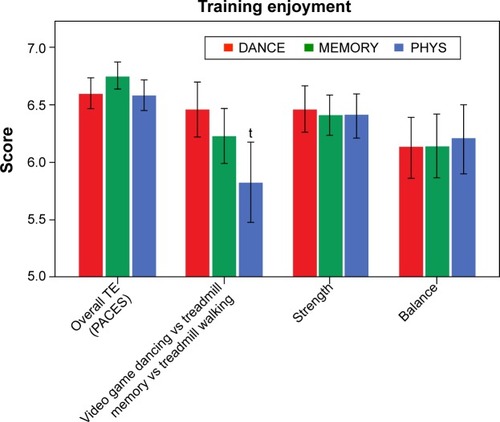Figures & data
Figure 1 Simultaneous cognitive–physical training components: video game dancing (A) and treadmill memory training (B). In (A) two participants perform steps on a pressure sensitive platform to the rhythm of the music. Step timing and direction is cued with arrows on a screen. In (B) a participant is walking on a treadmill while performing verbal memory exercises presented on a computer screen.
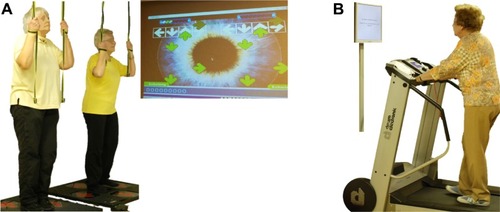
Figure 2 Examples of complementary balance (A) and strength (B) exercises.
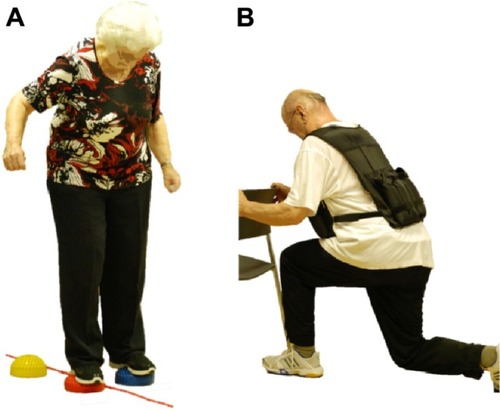
Table 1 Baseline demographic characteristics and training compliance
Figure 3 Trial design and participants’ flow.
Abbreviations: DANCE, virtual reality video game dancing; MEMORY, treadmill walking with simultaneous verbal memory training; PHYS, treadmill walking.
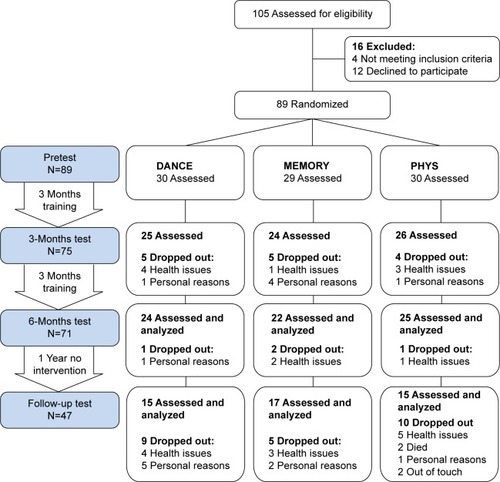
Table 2 Multiple regression for the linear global time effect (from pretest to 3- and 6-months tests, N=71) and the interaction between orthogonal contrasts and time effect for the cognitive test battery
Table 3 Repeated measures ANOVA from 6-months test to follow-up test, N=47
Figure 4 Cognitive performance developments in the four tests that included a 1-year follow-up measurement.
Notes: Significant overall improvements were shown in all tests over the 6-months training period (graphs A–D all P<0.05, one tailed). In Trail Making B (graph B), only the two groups with a cognitive training component (DANCE and MEMORY) improved from pretest to 3-months test (trend P=0.075, one tailed). In Executive Control (graph C), different time courses of adaptation between DANCE and MEMORY were found (trend P=0.051, one tailed). From 6-months test to 1-year follow-up test Trail Making B improved significantly (graph B, P=0.015), while performance was maintained in the three other tests (graphs A, C, and D). Error bars indicate ± standard error of the mean.
Abbreviations: DANCE, virtual reality video game dancing; MEMORY, treadmill walking with simultaneous verbal memory training; PHYS, treadmill walking.
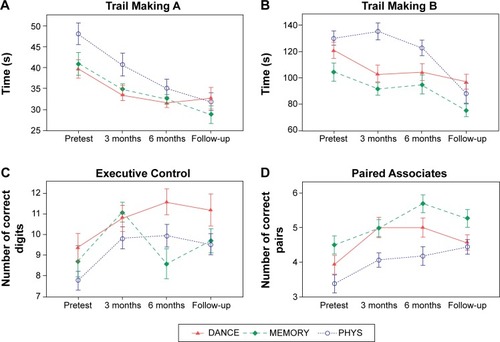
Figure 5 Cognitive performance developments in the five tests that did not include a 1-year follow-up measurement.
Abbreviations: DANCE, virtual reality video game dancing; MEMORY, treadmill walking with simultaneous verbal memory training; PHYS, treadmill walking.
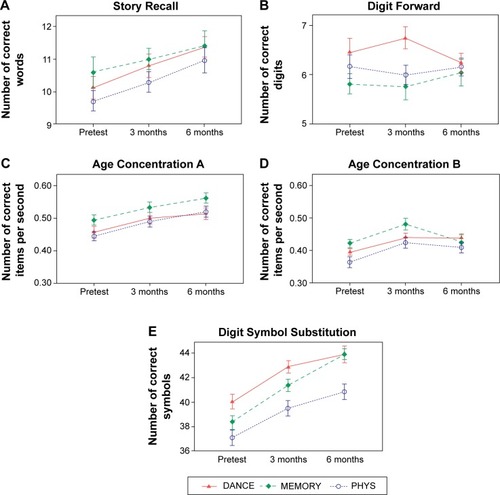
Figure 6 Comparison of training enjoyment in the three interventions.
Abbreviations: PACES, Physical Activity Enjoyment Scale; TE, training enjoyment; DANCE, virtual reality video game dancing; MEMORY, treadmill walking with simultaneous verbal memory training; PHYS, treadmill walking.
